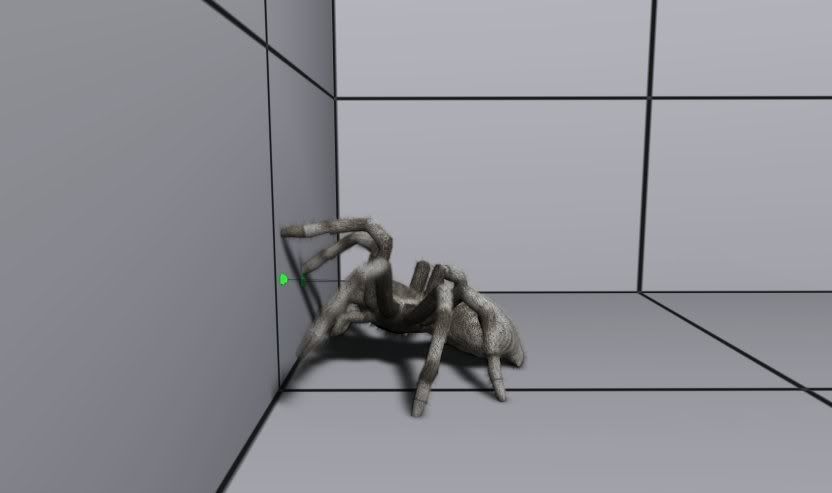|
This is an open source 4X game project started a while ago because Master of Orion 3 sucked so very hard. I'm the main developer. These shots are from the 3D combat system, which is still under heavy development (it's essentially nonfunctional so far, but looks pretty).  
|
|
|
|

|
| # ¿ Apr 24, 2024 13:20 |
|
Nuke Mexico posted:Very neat. I judge from the image names that you're using OGRE as your base engine? Yes, we are using Ogre. I was very resistant to using it at first, because when I first looked at it, it did stupid things like reinvent a substantial portion of the STL. Fortunately, those kinds of defects have been remedied, and now I can go on record as saying it is fantastic to work with. If "sky color" means the atmosphere glow at the edge of each planet, I did this: 1) Rendered the planet surface. 2) Rendered the atmosphere as a second sphere at the same location. 3) Mutated the atmosphere sphere's vertices to envelope the planet surface by some small amount (4% in my case). 4) Calculated the dot product corresponding to the angle from the center to the edge of the planet from the camera. 5) Calculated similar dot products for the outer and inner angular extents of the atmosphere, and the angular extent of the current vertex. 6) Calculated the coefficient of sun-glow, based on the angle the sun and camera make with the current vertex. 7) Interpolated the color based on the current vertex's dot product's position between the inner and outer angular extent dot products, then modulated the result by the sun-glow coefficient. You can look at the shader source here (it's GPL'd). You're looking for planet_atmosphere.vert and planet_atmosphere.frag.
|
|
|
|
Zagrod posted:That looks very cool, how far are you into the project? We have a roadmap that has about 8 major milestones in it. We're on the 4th and biggest right now, the combat system. We've been working on the project about 3 and a half years.
|
|
|
|
Nuke Mexico posted:which is kind of hilarious since that usually makes the problem worse, not better This. Also, the usual motivation for reimplementing part of the STL wasn't implementation quality, it was disagreements over the way the STL does things. For instance, Qt reimplements most (all?) of the STL containers, plus a few more, all with Java-style iterators. This is actually billed as a selling point in their marketing docs! Clearly, this is the work of a genius.
|
|
|
|
MrMoo posted:Read and weep, pretty lame discussion here: Wow. Thanks for that link. I had never seen their "rationale" (such as it is) laid out quite like that before. It just goes to show that library quality and code quality need not be in lockstep. Qt is a great library that just happens to contain lots of painfully bad code.
|
|
|
|

|
| # ¿ Apr 24, 2024 13:20 |
|
SuperFurryAnimal posted:Very impressive! That motion is spot on. It's ironic that in the pre-friction sequence with the blocks, the spider looks almost completely real, and the much simpler blocks are what look fake.
|
|
|





